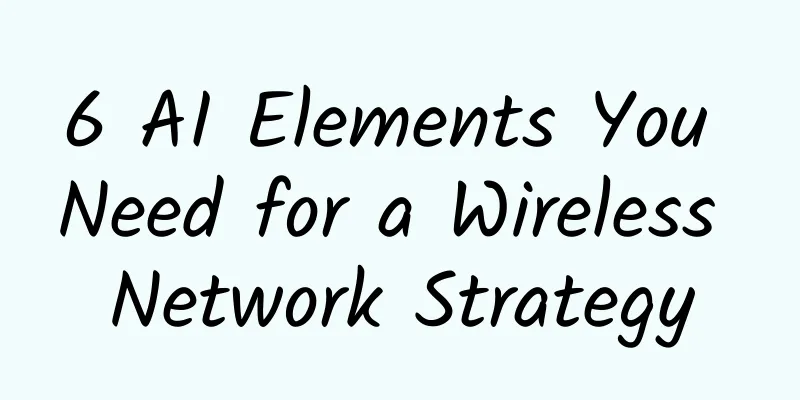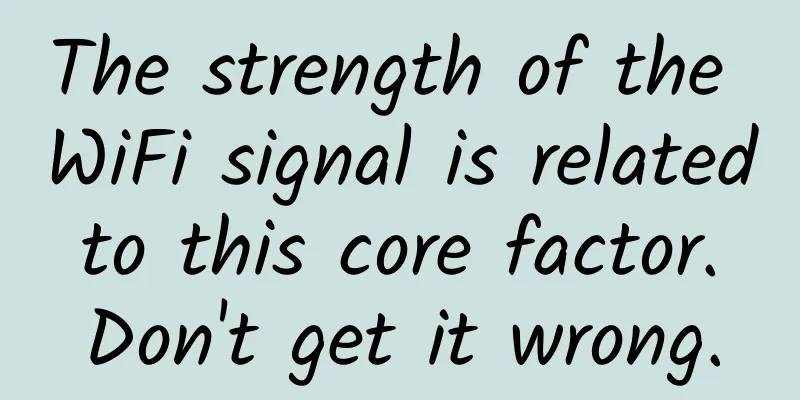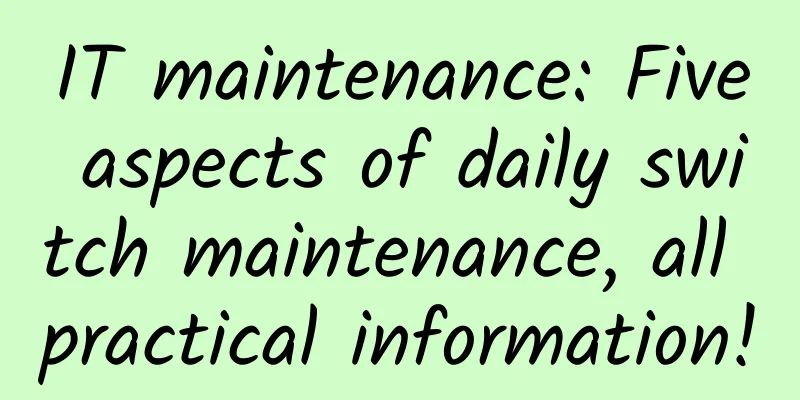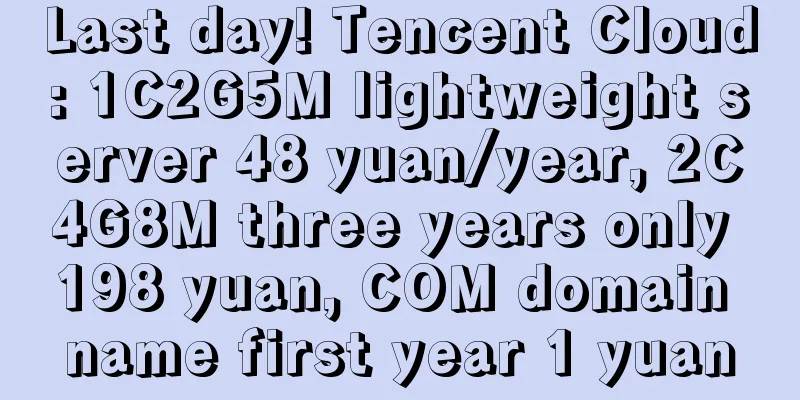Seven weapons of blockchain technology in the financial field

|
In the innovation and application exploration of blockchain, finance is the most important field. At present, the main exploration and practice of blockchain applications are also centered around the financial field. However, there is a lack of professional applications of blockchain in the financial field in China. The urgent problem to be solved is to understand the application of blockchain in the financial field, hold financial cloud industry conferences, and explore and explore the application of blockchain and cloud computing in the financial industry. Typical applications include electronic currencies such as Bitcoin and Litecoin, more secure and open distributed accounting systems, payment and clearing systems, etc. The recent rise of second-generation blockchain technologies such as Ripple and Ethereum has pushed blockchain into the application research and development stage. Financial institutions such as clearing houses, depository houses, exchanges, investment banks, commercial banks, brokers, etc. in developed countries have begun to promote application exploration in the fields of cross-border payment, securities trading settlement and securities issuance. (I) Digital Currency Bitcoin is currently the most widely used and successful application of blockchain technology. Based on Bitcoin, a large number of other types of decentralized digital currencies have been derived, collectively referred to as "competitive coins" or "altcoins". The more famous competitive coins include IXCoin, Litecoin, Dogecoin, Butterflycoin, Ripplecoin, etc. Among them, IXCoin is the first competitive coin, which increases the issuance of currency by changing some parameters of Bitcoin; Litecoin improves some algorithms of Bitcoin technology (mainly improving the blockchain "mining" proof of work algorithm), shortening the time for generating new data blocks from 10 minutes of Bitcoin to 2 and a half minutes. Dogecoin is a small-value digital currency based on the Scrypt algorithm. It is currently the second largest virtual digital currency in the world with the number of users second only to Bitcoin. Thousands of digital currencies have been produced around the world, and there are still about 700 in operation. More than half of the competitive coins are cloned from Litecoin. (II) Payment and Settlement At present, the transaction payment and settlement of commercial trade all rely on the banking system. This traditional transaction conducted through banks must go through multiple organizations such as the account opening bank, the counterparty bank, the clearing organization, and the overseas bank (agent bank or the overseas branch of the bank) and a relatively cumbersome processing process. In this process, each institution has its own accounting system and needs to establish an agency relationship with each other; each transaction needs to be recorded in the bank, and cleared and reconciled with the counterparty, etc., which makes the whole process take a long time and has a high cost. Compared with the traditional payment system, blockchain payment can directly make end-to-end payments for both parties of the transaction without involving intermediaries, which can greatly improve the speed and reduce costs. Especially in cross-border payments, if a universal distributed interbank financial transaction system is built based on blockchain technology, it can provide users with global cross-border, real-time payment and settlement services in any currency, and cross-border payments will become convenient and cheap. In the field of cross-border payments, the Ripple payment system has begun experimental applications, mainly providing foreign exchange transfer solutions based on blockchain protocols for member commercial banks and other financial institutions in the Canadian Alliance. Currently, Ripple provides software for different banks to access the Ripple network. Member banks can maintain their original accounting methods and use Ripple's "Interledger" protocol as long as they make minor system changes. At the same time, the payment transaction information between banks is hidden through encryption algorithms, and the details of the transaction cannot be seen by each other. Only the bank's own accounting system can track the transaction details, ensuring the privacy and security of commercial bank financial transactions. (III) Digital Tickets At present, the international blockchain alliance R3CEV, Ethereum and Microsoft have jointly developed a commercial paper trading system based on blockchain technology. Famous international financial institutions including Goldman Sachs, JPMorgan Chase, UBS, Barclays Bank have joined the trial and conducted public tests on functions such as paper trading, paper issuance, and paper redemption. Completely different from the technical support architecture of the existing electronic paper system, this type of digital paper can further integrate the advantages of blockchain technology on the basis of all the functions and advantages of current electronic paper, becoming a safer, smarter, and more convenient form of paper. Digital bills have the following core advantages: First, they can realize the decentralization of bill value transfer. In traditional bill transactions, the bill transaction center is often required to forward and manage transaction information; with the help of blockchain technology, point-to-point transactions can be realized, effectively removing the role of the bill transaction center. Second, it can effectively prevent bill market risks. Because blockchain has an unalterable timestamp and the characteristics of full network disclosure, once the transaction is completed, there will be no default phenomenon, thus avoiding the problem of "one ticket for multiple sales" of paper bills and asynchronous endorsement of electronic bills. Third, the construction, maintenance and data storage of the system can greatly reduce costs. The use of the blockchain technology framework does not require a central server, which can save the cost of system development, access and later maintenance, and greatly reduce the operational risks and operation risks brought by system centralization. In addition to the above three points, in the financial field, the banking industry will also apply blockchain, cloud computing, cloud computing solutions, etc. in the credit management system. (IV) Bank credit management At present, the most basic consideration for the development of commercial bank credit business, whether for enterprises or individuals, is the financial credit of the borrower itself. Commercial banks upload the credit information and repayment status of each borrower to the credit center of the central bank. When they need to query, they download the information from the credit center of the central bank for reference under the premise of customer authorization. There are problems such as incomplete information, untimely data update, low efficiency, and high cost of use. In the field of credit investigation, the advantage of blockchain is that it can automatically record credit-related information based on program algorithms and store it on every computer in the blockchain network. The information is transparent, cannot be tampered with, and has low cost of use. Commercial banks can store and share customers' credit information in their institutions in an encrypted form. When customers apply for loans, lending institutions can directly complete credit investigation by directly retrieving the corresponding information data of the blockchain after obtaining authorization, without having to apply for credit information inquiry from the central bank. (V) Proof of Stake and Securities Trading on Exchanges In the blockchain system, transaction information is tamper-proof and non-repudiable. This property can be fully applied to confirm the ownership of the equity. For transaction records that need to be permanently stored, blockchain is an ideal solution, which can be applied to scenarios such as real estate ownership, vehicle ownership, and equity transactions. Among them, equity proof is the most tried application area at present: the equity owner can prove the ownership of the equity with the private key, and the equity is transferred to the next owner through the blockchain system. The property rights are clear, the records are clear, and the whole process does not require the participation of a third party. At present, major financial institutions and exchanges in Europe and the United States have carried out research on the application of blockchain technology in securities trading, exploring the use of blockchain technology to improve transaction and settlement efficiency, and building the next generation of financial asset trading platforms based on blockchain. Among all exchanges, the Nasdaq Stock Exchange is the most aggressive. It has now officially launched the FLinq blockchain private securities trading platform, which can provide users with dashboards for managing valuations, equity change timeline diagrams, and investor personal equity certificates, so that issuing companies and investors can better track and manage securities information. In addition, the New York Stock Exchange, the Australian Stock Exchange, and the Korean Stock Exchange are also actively promoting the exploration and practice of blockchain technology. (VI) Insurance Management With the development of blockchain technology, information about personal health status, accident records, etc. may be uploaded to the blockchain in the future, so that insurance companies can obtain risk information more timely and accurately when customers take out insurance, thereby reducing underwriting costs and improving efficiency. The shared transparency of blockchain reduces information asymmetry and can also reduce adverse selection risks; and its historical traceability is conducive to reducing moral hazard, thereby reducing the difficulty and cost of insurance management. Currently, Edgelogic, a blockchain startup in the UK, is working with Aviva Insurance Company to explore the provision of insurance services based on blockchain technology for precious gemstones. On March 8, 2016, Sunshine Insurance, a domestic insurance company, adopted blockchain technology as the underlying technical architecture and launched the "Sunshine Bay" points, making it the first financial company in China to apply blockchain technology. In the "Sunshine Bay" points application, users can not only enjoy the ordinary points function, but also transfer points to friends in the form of "sending red envelopes" or exchange them with blockchain points issued by other companies. (VII) Financial Audit Since blockchain technology can ensure the integrity, permanence and immutability of all data, it can effectively solve the difficulties and pain points of the audit industry in transaction evidence collection, tracking, association, and backtracking. Since 2014, Deloitte has established a special team to study the application of blockchain technology in auditing. It has cooperated with some commercial banks and enterprises to successfully create experimental solutions for blockchain applications. The Rubix platform it developed allows customers to create various audit applications based on blockchain infrastructure. Since PwC announced its major entry into blockchain research in 2016, it has recruited F15 technical experts to explore and study blockchain technology, and cooperated with Blockstream and Eris Technology, which specialize in the development of blockchain applications, to seek to provide public services of blockchain technology to global companies. In addition, blockchain technology also has huge application potential and application scenarios in P2P lending platforms, decentralized crowdfunding platforms, etc., which has attracted capital investment and application exploration. |
>>: The correct way to calculate network bandwidth requirements
Recommend
5G and Next Generation Networks during the COVID-19 Crisis
The word "crisis" in Chinese means both...
China Telecom and Huawei establish a joint business innovation center to achieve win-win business through innovative cooperation models
China Telecom and Huawei jointly announced the es...
Twenty trends that will impact the information and communications industry in 2023
Attack and start again! As we bid farewell to the...
From the network I/O model to Netty, let’s first take a deeper look at I/O multiplexing
In the previous article, we learned about the fiv...
What can digital twins bring to wireless communications?
Twins, that is, identical twins. Since two people...
[11.11] Megalayer: US/Hong Kong dedicated servers starting from 299 yuan/month, 1Gbps dedicated servers starting from 499 yuan/month
Megalayer has launched a promotion during the Dou...
Can 5G address workplace safety issues?
As 5G networks roll out around the world, their p...
What are the most exciting IoT trends for 2018?
The Internet of Things is accelerating its entry ...
Out-of-the-box infrastructure connectivity options
When it comes to connecting network devices acros...
The survey report shows that in September 2020, the three major operators basically achieved 100% processing of spam text messages.
Recently, part of the content of the "SMS In...
5 Things That Can Slow Down Your Wi-Fi Network
Wi-Fi networks can be slow due to the use of olde...
Configure HTTPS for React applications running locally
If you build an application with create-react-app...
Linux Network Monitoring Tools
Network communication is one of the most basic fu...
Debunking three myths about edge computing
【51CTO.com Quick Translation】With millions of mac...
Combining VXLAN and EVPN
EVPN is one of the hottest network technologies i...









